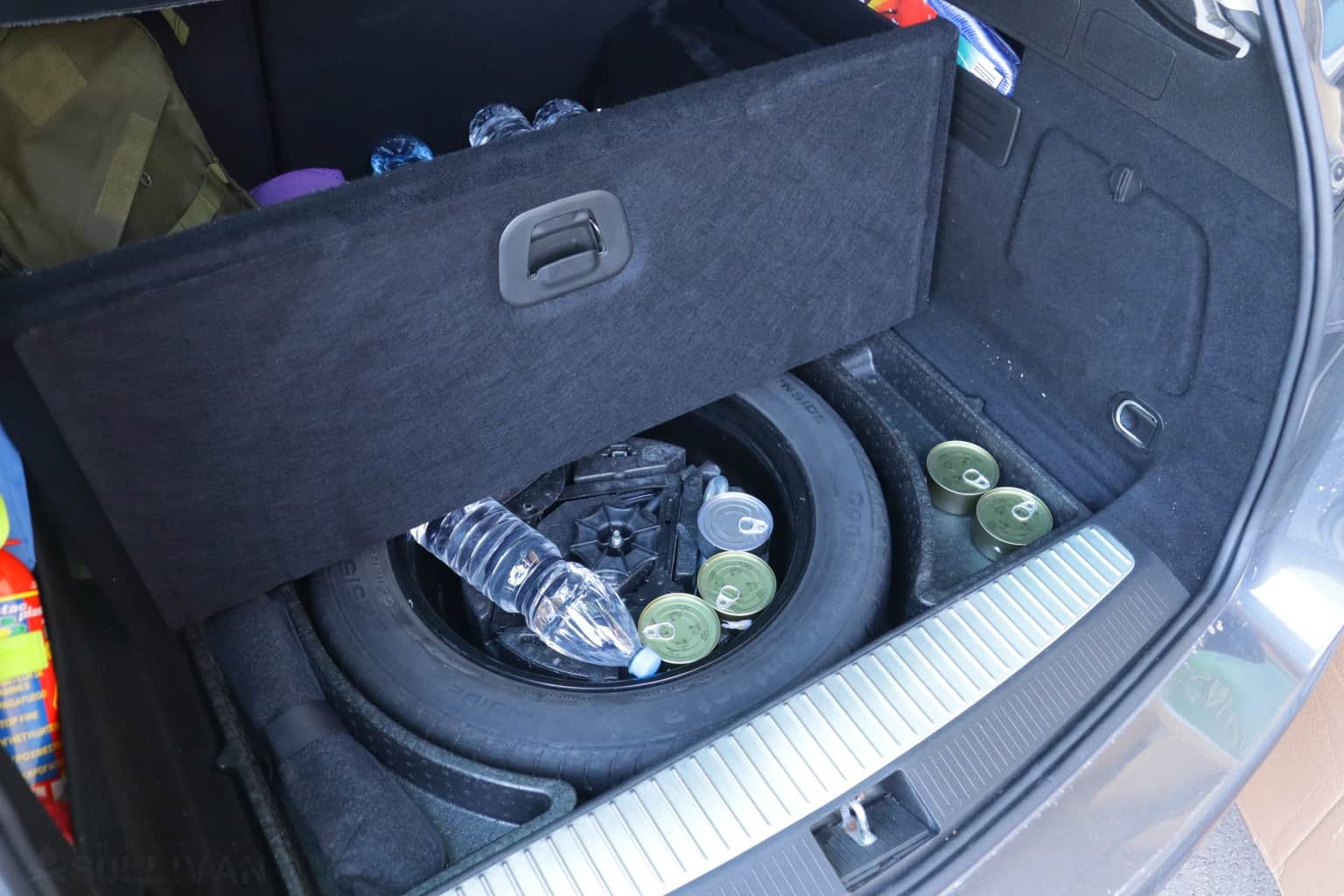

Articles
How To Store Water In Your Car
Modified: May 6, 2024
Learn the best methods for storing water in your car with our informative articles. Stay prepared for emergencies and road trips.
(Many of the links in this article redirect to a specific reviewed product. Your purchase of these products through affiliate links helps to generate commission for Storables.com, at no extra cost. Learn more)
Introduction
When it comes to emergency preparedness, having access to clean drinking water is crucial. Whether you’re embarking on a long road trip, venturing into remote areas, or dealing with unforeseen emergencies, it’s essential to store water in your car. This simple yet vital step can help ensure your hydration and survival in challenging situations.
In this article, we will explore the importance of storing water in a car, the different types of water storage containers available, how to properly prepare and fill them, and essential tips for emergency situations.
Let’s dive in and learn how you can stay hydrated and prepared no matter where the roads take you.
Key Takeaways:
- Storing water in your car is crucial for hydration, emergency preparedness, and long journeys. Choose a durable container, prepare it properly, and store it securely to ensure a reliable water supply in any situation.
- Regularly check and replenish your water supply, conserve water in emergencies, and be prepared with filtration options. Stay informed and share resources to prioritize safety and preparedness.
Read more: How To Childproof Your Car
Importance of Storing Water in a Car
Why is it so important to store water in your car? The answer lies in the unpredictable nature of life. Emergencies can arise when we least expect them, leaving us with limited access to basic necessities such as water. Whether you find yourself stranded on a lonely road or caught in a natural disaster, having a reliable water supply can be a lifeline.
Here are a few reasons why storing water in your car is crucial:
- Hydration: Water is essential for survival, and dehydration can occur rapidly, especially in stressful situations. By storing water in your car, you can ensure that you have an immediate and accessible source of hydration. This can be particularly important in areas where access to clean drinking water may be limited or compromised.
- Emergency Preparedness: Disasters can strike unexpectedly, leaving you without access to basic amenities for extended periods. Having water stored in your car can help you be prepared for such emergencies and provide a sense of security knowing that you have a vital resource readily available.
- Vehicle Breakdowns: Car troubles can happen at any time, leaving you stranded until help arrives. In these situations, having water on hand can provide comfort and relief while you wait for assistance to arrive.
- Long Journeys: If you embark on a long road trip or venture into remote areas, having a reliable supply of water becomes even more critical. You may encounter stretches of road with limited access to stores or water sources, making it necessary to carry your own water for hydration.
By storing water in your car, you are taking a proactive step towards your own safety and well-being. It is an investment in your preparedness for unexpected situations and can make a significant difference in emergencies where water becomes scarce.
Choosing the Right Water Storage Container
When it comes to storing water in your car, choosing the right container is essential. The container you select should be durable, leak-proof, and safe for storing drinking water. Here are some factors to consider when choosing a water storage container:
- Material: Look for containers made of food-grade materials such as high-density polyethylene (HDPE) or stainless steel. These materials are non-toxic and will not leach harmful chemicals into the water.
- Capacity: Consider the amount of water you will need based on the intended use and the number of people traveling with you. Small individual-sized bottles or larger jugs with capacities ranging from 5 to 10 liters are commonly used for car water storage.
- Sealing: Ensure that the container has a tight and secure lid or cap to prevent any leakage or contamination. Screw-on or snap-on lids are recommended for a secure seal.
- Portability: Look for containers that are easy to carry and transport. Handles or built-in grips can make it more convenient to move the container, especially if you need to refill it from a water source.
- Visibility: Opt for containers that are transparent or have a clear strip to easily monitor the water level without opening the container. This way, you can know when it’s time to refill the container.
- Durability: Choose containers that are durable and able to withstand rough conditions. Consider impact-resistant options that won’t easily break or crack if accidentally dropped.
Additionally, it’s important to clean and sanitize your chosen water storage container before using it for the first time. This can be done by washing it with mild soap and water and rinsing it thoroughly. Avoid using harsh chemicals or cleaners that may leave residue or taint the water.
Remember, the quality and reliability of your water storage container play a significant role in ensuring the safety and freshness of the stored water. Take the time to select a container that meets the necessary criteria and suits your specific needs.
Preparing the Container for Water Storage
Before storing water in your chosen container, it’s important to properly prepare it to ensure the cleanliness and safety of the water. Here are the steps to follow:
- Clean the container: Start by thoroughly cleaning the container with warm water and mild soap. Use a brush or sponge to scrub the interior and exterior surfaces, paying extra attention to any corners or edges where dirt or residue may accumulate. Rinse the container thoroughly to remove all traces of soap.
- Sanitize the container: After cleaning, sanitize the container to eliminate any bacteria or germs that may be present. You can use a solution of 1 teaspoon of unscented bleach mixed with 1 gallon of water. Fill the container with the sanitizing solution, ensuring that it reaches all areas. Allow it to sit for a few minutes, then thoroughly rinse the container with clean water.
- Remove any lingering odors: If your container has any strong or lingering odors, you can eliminate them by rinsing the container with a solution of equal parts water and white vinegar. Let the solution sit in the container for a few hours, then rinse it with clean water.
- Air dry the container: After cleaning and sanitizing, allow the container to air dry completely before filling it with water. This will help prevent any residual moisture from contaminating the stored water.
Following these steps will ensure that your water storage container is clean and ready for use. It’s important to note that if you store water for extended periods, it’s advisable to periodically repeat the cleaning and sanitizing process to maintain the freshness and safety of the stored water.
Now that your container is prepped and ready, you can proceed to fill it with water and seal it securely for storage in your car. Properly preparing the container will help guarantee the quality and drinkability of the water, providing you with peace of mind in emergency situations.
Properly Filling and Sealing the Water Container
When it comes to filling and sealing your water container, there are a few important steps to take to ensure the water remains clean and secure:
- Use clean water: Start by using clean, safe drinking water to fill your container. This can be tap water that has been treated and deemed safe for consumption or pre-packaged drinking water that is commercially available.
- Consider water treatment: If you are unsure about the quality of the water source, or if you are filling your container from a natural water source, such as a stream or lake, it’s advisable to treat the water before storing it. You can use water purification tablets or a water filter specifically designed for removing contaminants.
- Avoid overfilling: Avoid filling the container to its maximum capacity to allow room for expansion when the water freezes (if storing water in cold climates). Leave about an inch of space at the top to prevent the container from bursting.
- Ensure a secure seal: Once the container is filled with water, tightly seal it with the lid or cap to prevent any leakage or contamination. Check that the seal is secure by gently tipping the container and ensuring no water escapes.
- Label the container: It’s also a good practice to label the container with the date it was filled and any other relevant information. This will help you keep track of the freshness and rotation of the water supply, ensuring you always have a reliable source of drinking water.
By following these steps, you can ensure that your water container is properly filled and sealed, providing you with a clean and dependable water source in case of emergencies.
It’s important to periodically check the container for any signs of leakage or damage. If any issues are detected, replace the container immediately to maintain the integrity of your water supply.
With a properly filled and sealed water container, you can have peace of mind that you have access to clean drinking water whenever you need it, whether it’s during a roadside emergency or a long journey through remote areas.
Keep a few gallons of water in BPA-free containers in your car for emergencies. Store them in a cool, dark place to prevent bacterial growth.
Read more: How To Organize Your Car
Storing the Water Container in the Car
Now that you have your water container filled and properly sealed, it’s time to find the ideal location for storing it in your car. Consider the following tips for storing the water container:
- Secure placement: Choose a location in your car that will keep the water container secure and prevent it from rolling or shifting during travel. This can be in the trunk, behind the seats, or in a designated storage area.
- Avoid direct sunlight: Exposure to sunlight and heat can degrade the quality of the water and potentially compromise the integrity of the container. Whenever possible, store the water container out of direct sunlight and in a cool area of the car.
- Protect from extreme temperatures: Extreme temperatures can affect the taste and quality of the stored water. In hot weather, consider insulating the water container or placing it in a cooler or insulated bag. In colder climates, protect the container from freezing by wrapping it in insulating material or using a heated blanket if available.
- Keep it easily accessible: Ensure that the water container is stored in a location that is easy to access, especially during times of emergency. You should be able to quickly retrieve the container without much hassle.
- Secure the container: If there is a risk of the water container falling or sliding during sudden movements or accidents, consider using straps, bungee cords, or a storage net to secure it in place.
By following these guidelines, you can ensure that your water container is stored in a safe and convenient location within your car. This will allow for easy access during emergencies and ensure that the water remains in good condition for an extended period.
Remember to periodically check the water container for any signs of damage or leakage. If you detect any issues, replace the container immediately to maintain the integrity of your emergency water supply.
Storing water in your car is an important step towards preparedness, giving you peace of mind knowing that you have a reliable source of clean drinking water on hand, whether it’s during long journeys, unexpected breakdowns, or emergency situations.
Regularly Checking and Replenishing Water Supply
Once you have stored water in your car, it’s important to regularly check the water supply to ensure its freshness and availability. Here are some tips for checking and replenishing your water supply:
- Establish a schedule: Determine a schedule for checking the water container in your car. This could be monthly, quarterly, or any interval that suits your needs. By setting reminders or marking it on your calendar, you’ll remember to regularly inspect and replenish the water supply.
- Check for leaks: Examine the water container for any signs of leakage or damage. Inspect the lid or cap to ensure it is securely closed and there are no cracks or gaps. If you find any leaks or damage, replace the container immediately to maintain a reliable water supply.
- Monitor water levels: Check the water level in the container. If it has significantly decreased or is running low, it’s time to replenish the supply. It’s important to always have an adequate amount of water available in case of emergencies.
- Rotate the water supply: Rotate the stored water periodically to ensure its freshness. If you have stored water for an extended period, it’s advisable to use and replace it with fresh water to maintain its quality.
- Refill from a reliable source: When replenishing the water supply, ensure you use clean and safe drinking water from a reliable source. Avoid using water from unknown or untested sources to minimize the risk of contamination.
By regularly checking and replenishing your water supply, you can ensure that you always have a reliable source of clean drinking water in your car. This proactive approach to maintenance will enhance your preparedness and guarantee the availability of water in emergency situations.
It’s also important to remember to adhere to any expiration dates on pre-packaged drinking water and replace them accordingly. Always prioritize the freshness and safety of your water supply.
By maintaining a well-maintained water supply in your car, you can travel with confidence, knowing that you are prepared for unexpected situations that may require access to clean drinking water.
Tips for Emergency Situations
During emergency situations, having stored water in your car can be a valuable asset. Here are some important tips to keep in mind:
- Conserve water: In emergencies, it’s essential to conserve water as much as possible. Use it sparingly for drinking and avoid excessive wastage.
- Purify water if necessary: If you run out of stored water or need to find alternative water sources, you may need to purify the water before consuming it. Boiling, using water purification tablets, or using a water filter can help eliminate harmful bacteria and viruses.
- Use water for hygiene: In addition to drinking, water is essential for maintaining hygiene. Use it for cleaning wounds or washing your hands when access to clean water is limited.
- Plan for water collection: Have a plan for collecting water from natural sources if necessary. Familiarize yourself with nearby rivers, lakes, or other water sources that may be accessible during emergencies.
- Store additional water: Consider storing extra containers of water in your car during long journeys or when traveling to areas with scarce water resources.
- Stay informed: Stay updated with emergency alerts, weather forecasts, and local news to anticipate any disruptions to water supply or potential emergencies.
- Rotate stored water: Regularly rotate your stored water supply to maintain its freshness and quality. Replace old water with fresh water and use the older supply for other non-drinking purposes like hygiene or cleaning.
- Emergency water filtration options: Keep emergency water filtration options like portable water filters or water purification tablets in your car for situations where the water quality is questionable.
- Have extra containers: Carry extra water containers in your car in case you need to collect or transport water during emergencies.
- Share resources: During emergencies, be mindful of others’ needs and conserve water resources for everyone’s benefit.
Remember, emergency situations require planning and preparation. Storing water in your car is just one aspect of being prepared for unforeseen events. It is recommended to have a comprehensive emergency kit that includes additional supplies like non-perishable food, first-aid supplies, and communication devices.
By incorporating these tips into your emergency preparedness plan, you can better handle situations where access to clean drinking water becomes limited or compromised.
Conclusion
Having access to clean drinking water is essential, especially during emergencies or when traveling in remote areas. Storing water in your car is an important step towards preparedness that can provide peace of mind and potentially save lives.
In this article, we explored the importance of storing water in your car and discussed various aspects such as choosing the right water storage container, preparing it for water storage, filling and sealing it properly, storing it in the car, regularly checking and replenishing the water supply, and tips for emergency situations.
By selecting a durable and safe water storage container, properly cleaning and sanitizing it, and sealing it securely, you can ensure the freshness and safety of the water stored inside. Storing the container in a secure and accessible location within your vehicle further enhances your preparedness.
Regularly checking and replenishing the water supply, monitoring water levels, and rotating the stored water helps maintain its quality and availability. During emergency situations, conserving water, purifying alternative water sources, and practicing good hygiene become essential.
Remember to always stay informed about emergency situations and be prepared for any disruptions to water supply. Having the necessary tools for water filtration and extra containers can make a significant difference in times of need.
By implementing these practices and incorporating them into your overall emergency preparedness plan, you can ensure that you and your loved ones have a reliable source of clean drinking water in your car for any situation that may arise.
So, stay proactive, stay prepared, and prioritize your safety by storing water in your car today!
Now that you're well-versed in storing water in your vehicle for unexpected situations, why stop there? Dive deeper into preparedness with our detailed guide on securing your water needs in any scenario. Our featured article on emergency water storage solutions outlines up-to-date and effective strategies to ensure you're never without this vital resource. Whether you're planning for natural disasters or just ensuring your family’s safety on long road trips, understanding the best options for water storage is key.
Frequently Asked Questions about How To Store Water In Your Car
Was this page helpful?
At Storables.com, we guarantee accurate and reliable information. Our content, validated by Expert Board Contributors, is crafted following stringent Editorial Policies. We're committed to providing you with well-researched, expert-backed insights for all your informational needs.
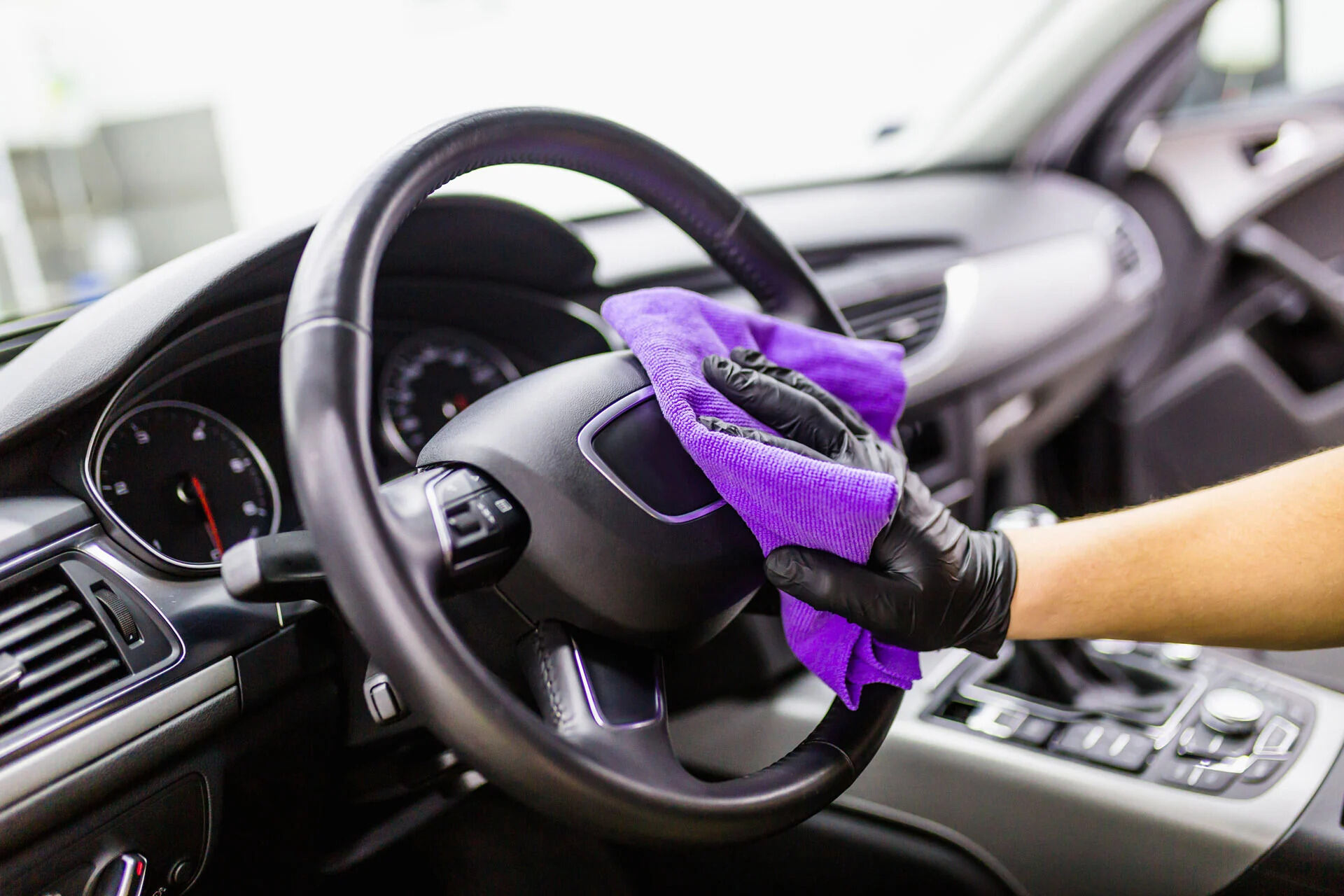
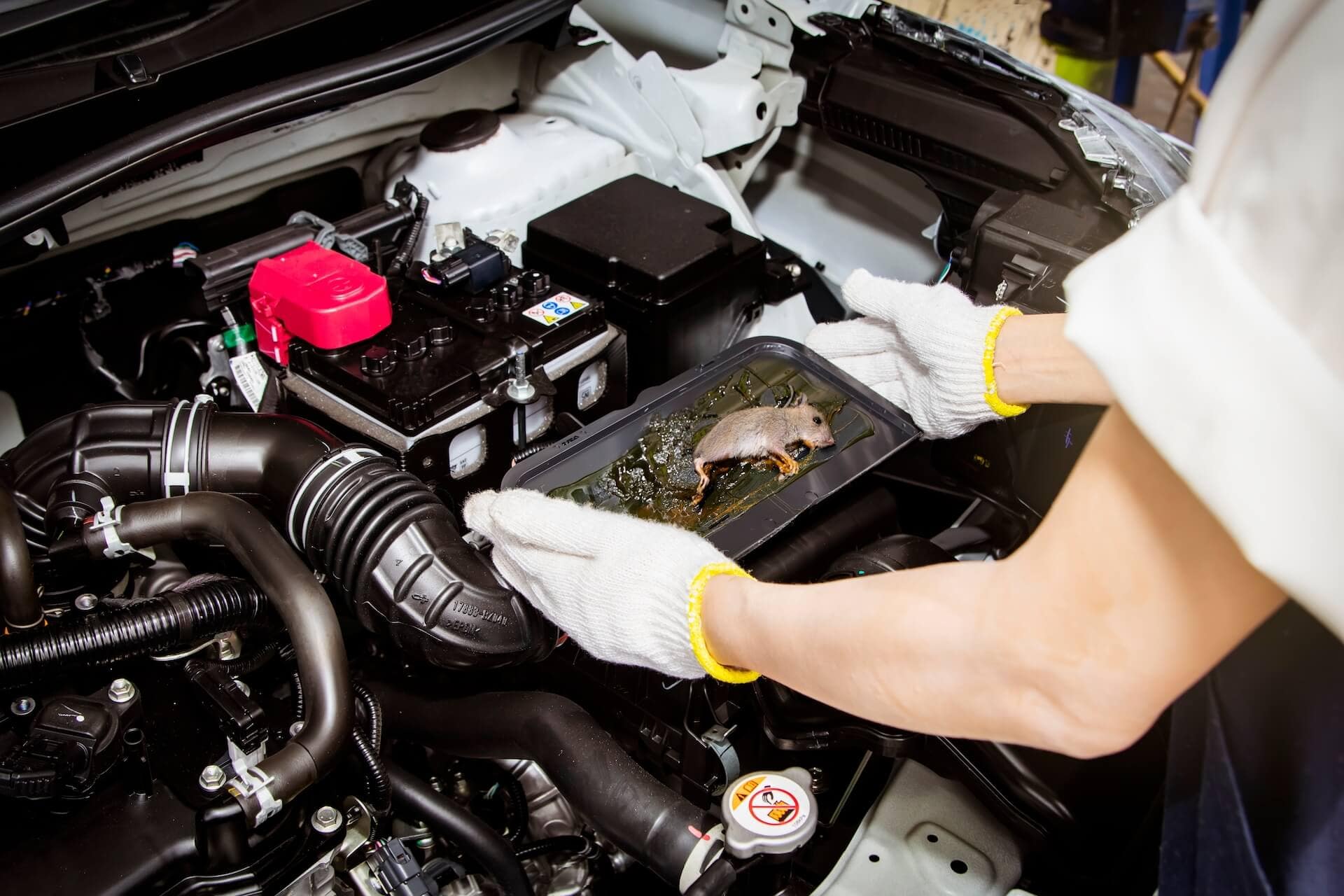
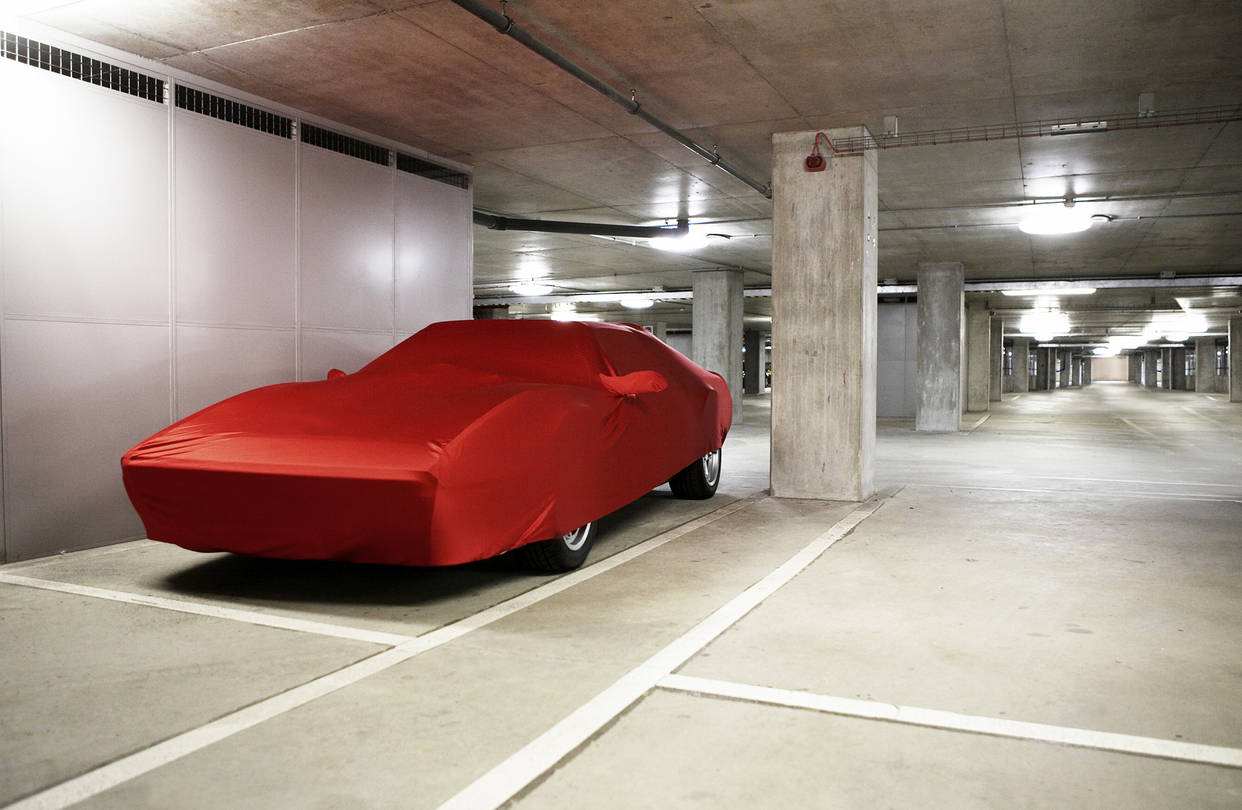
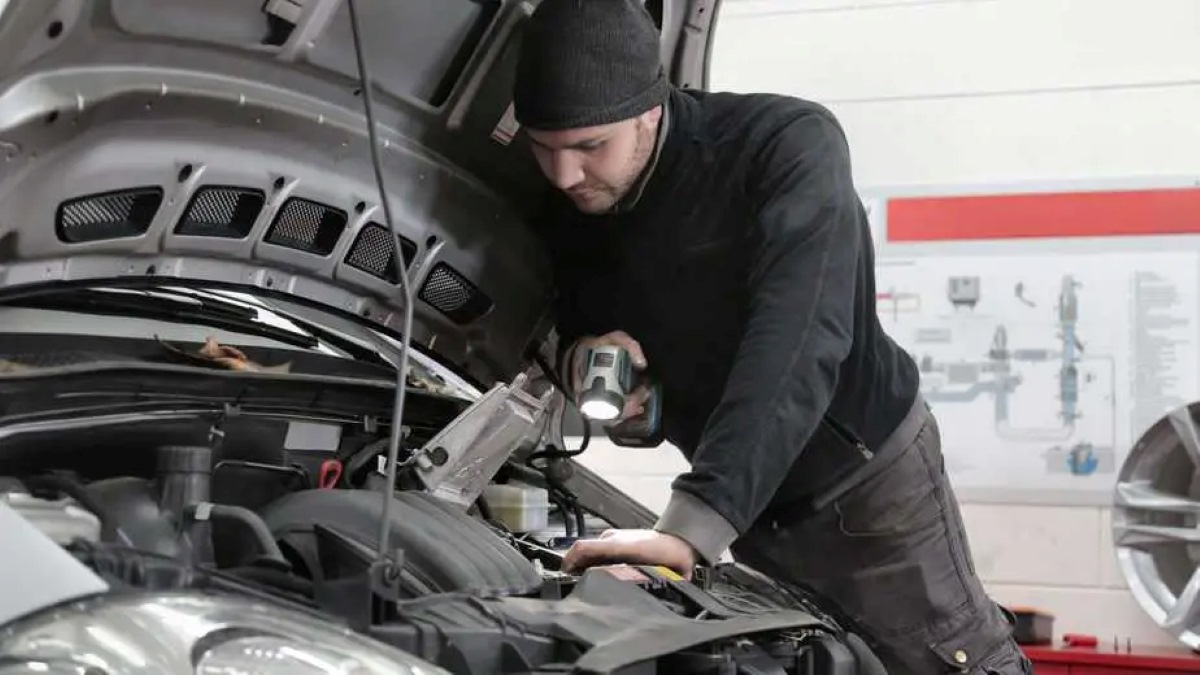
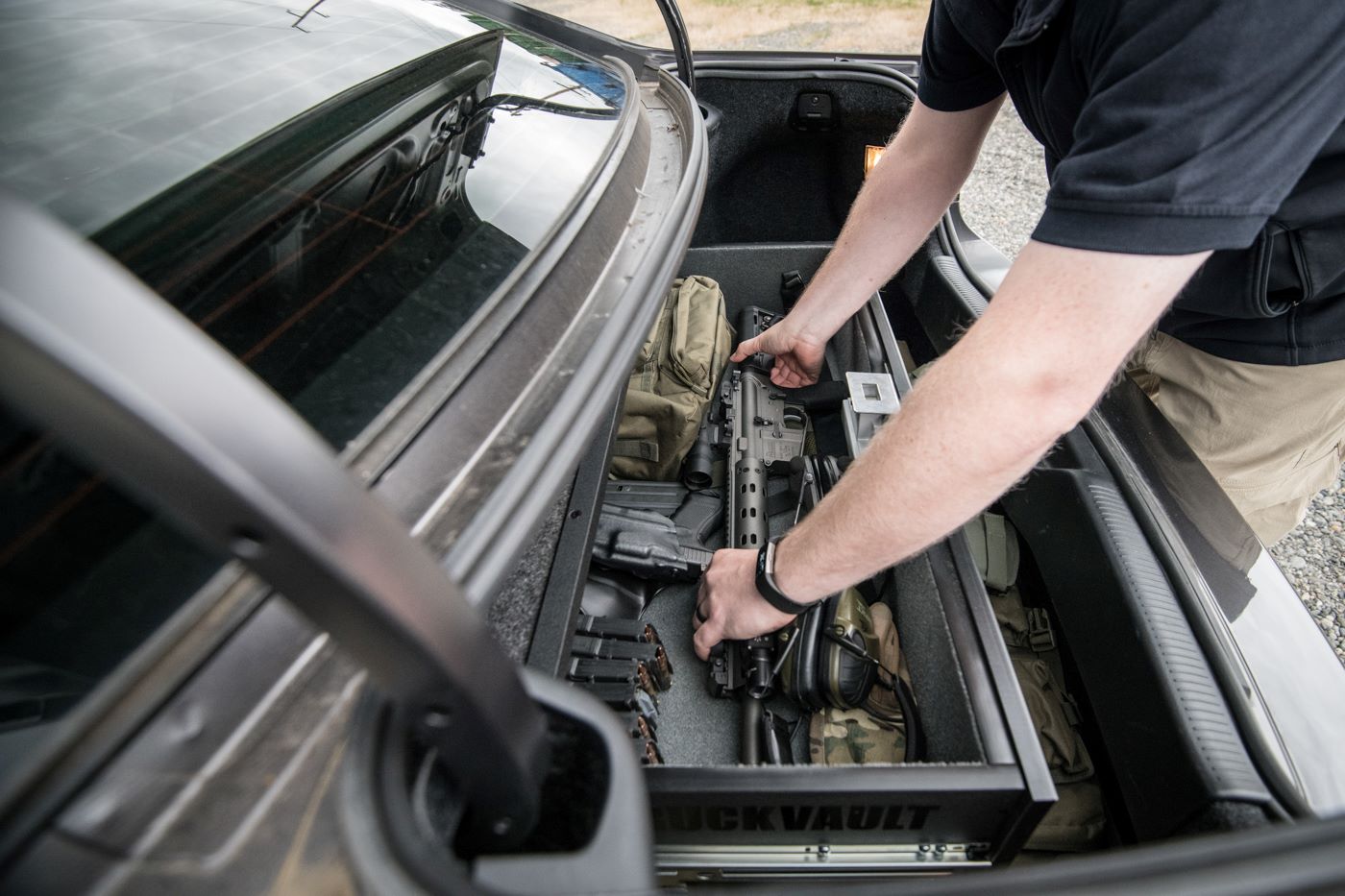

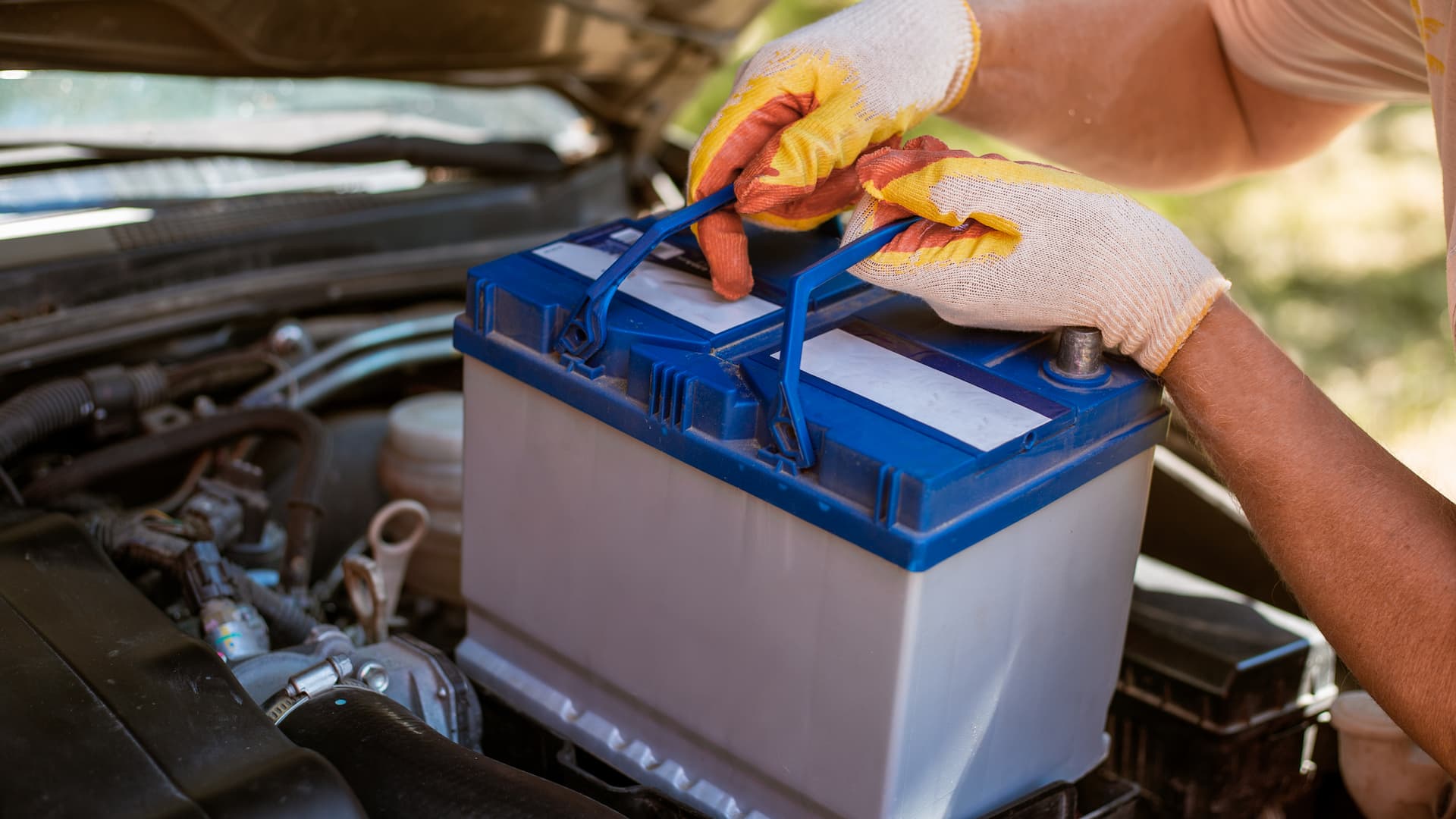
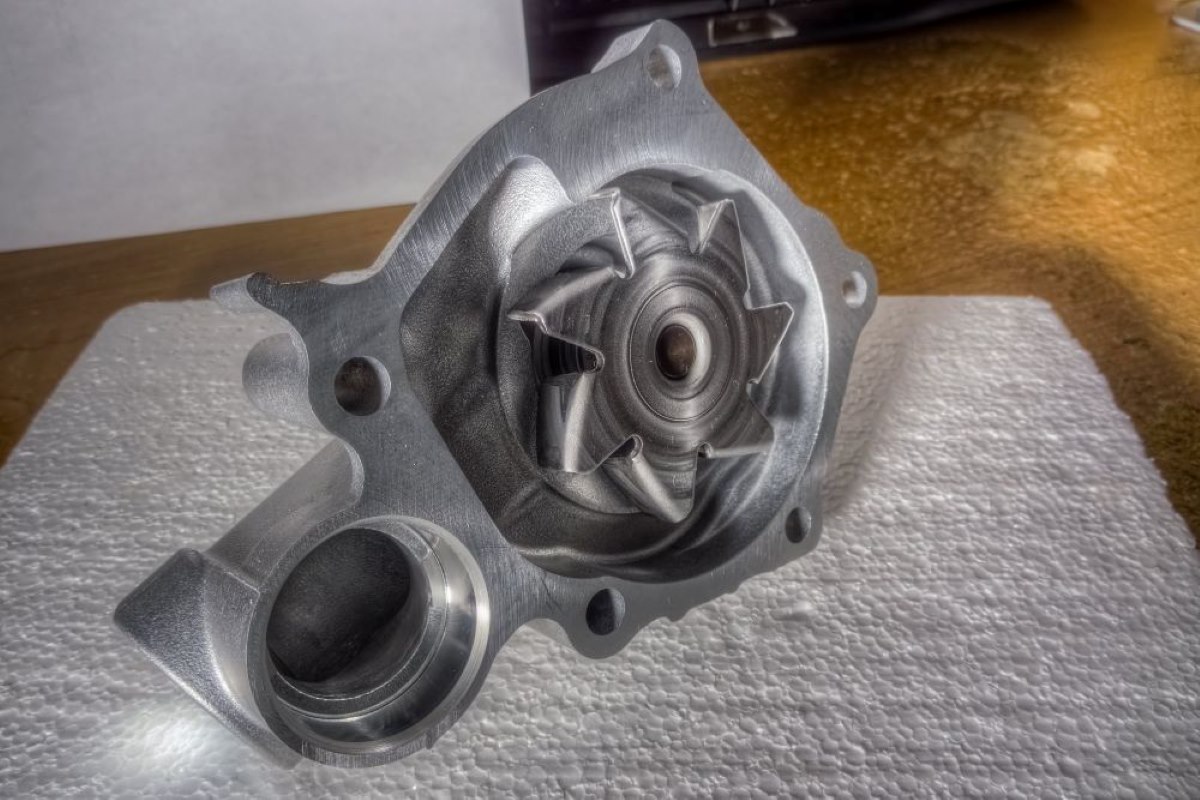
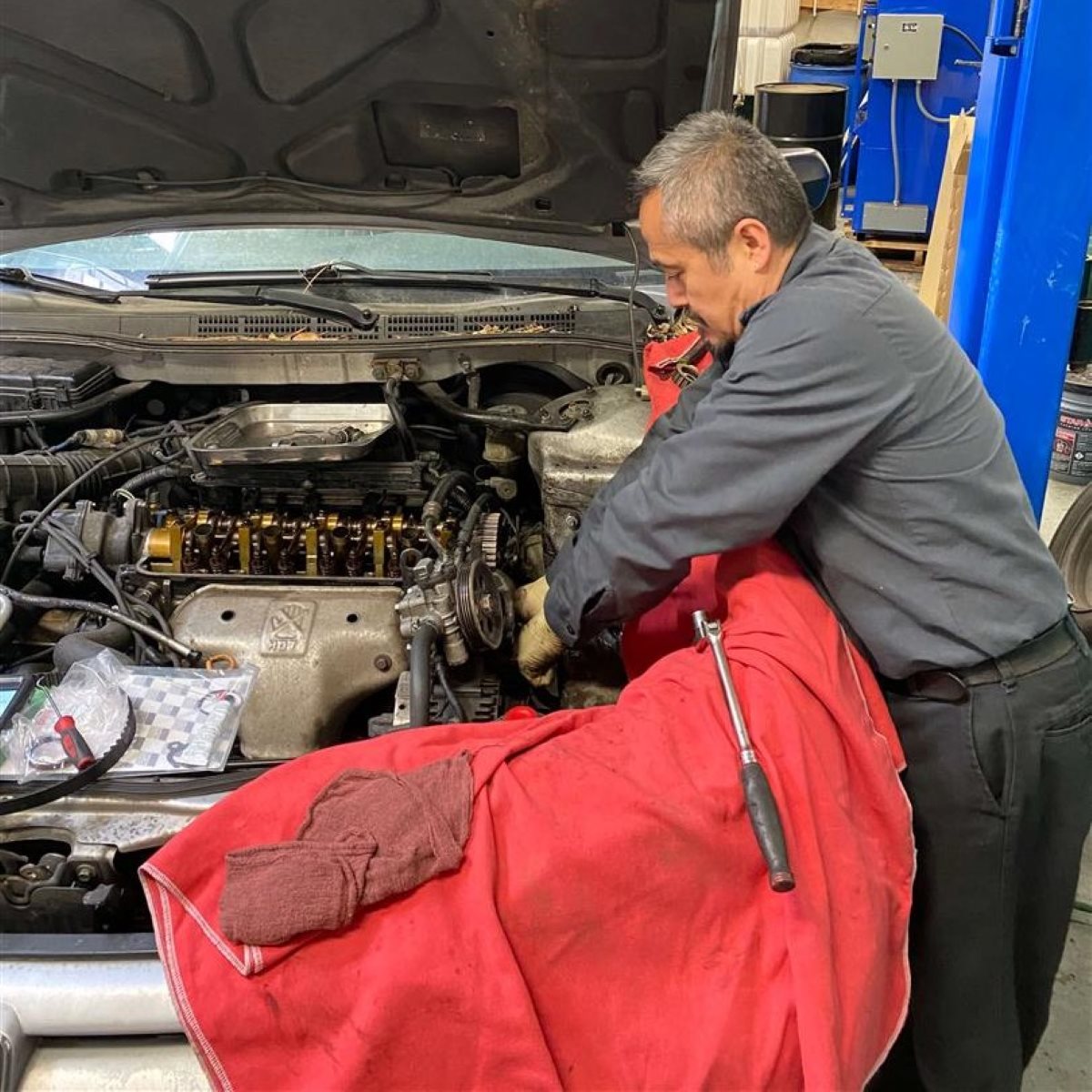
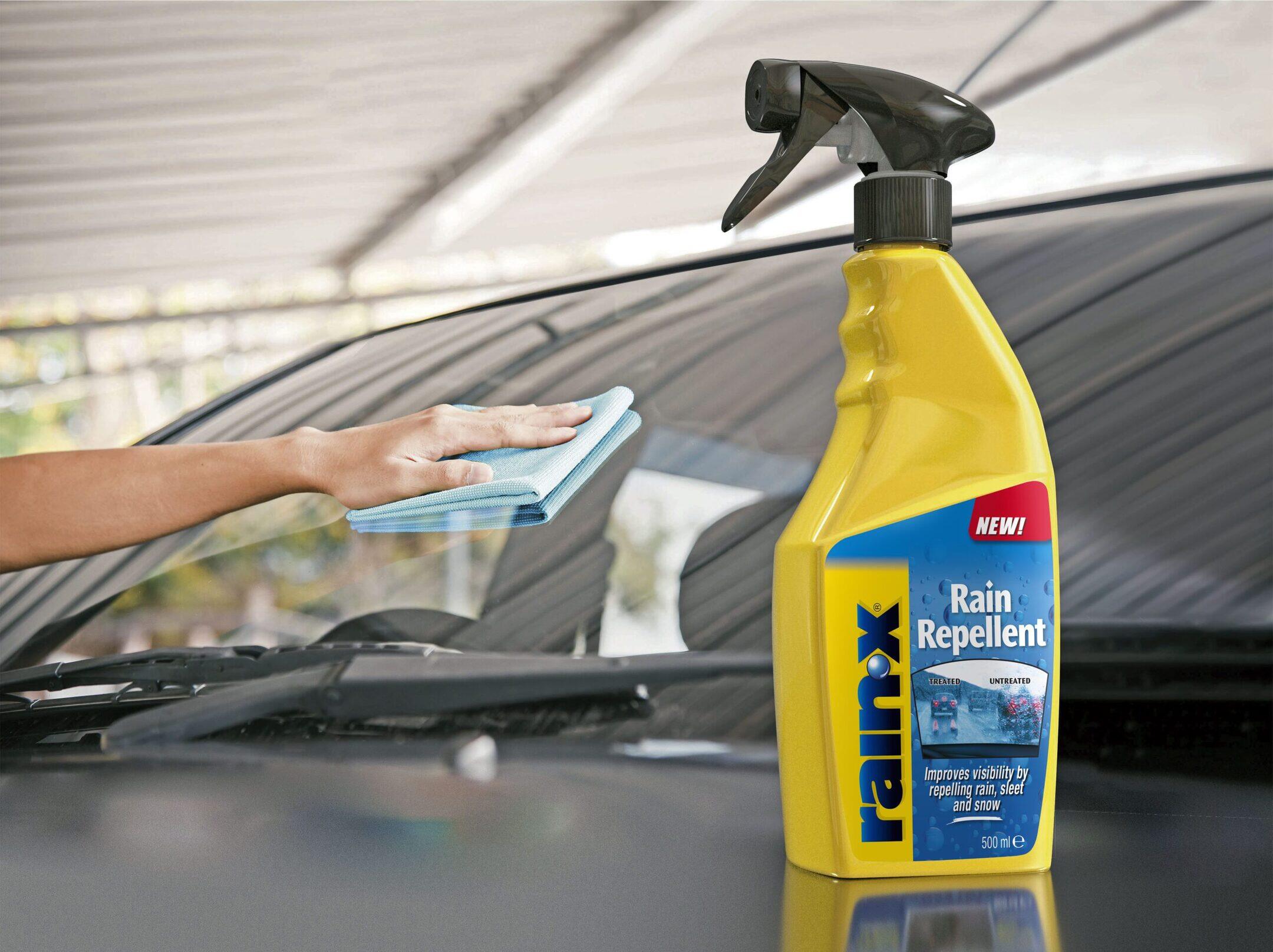
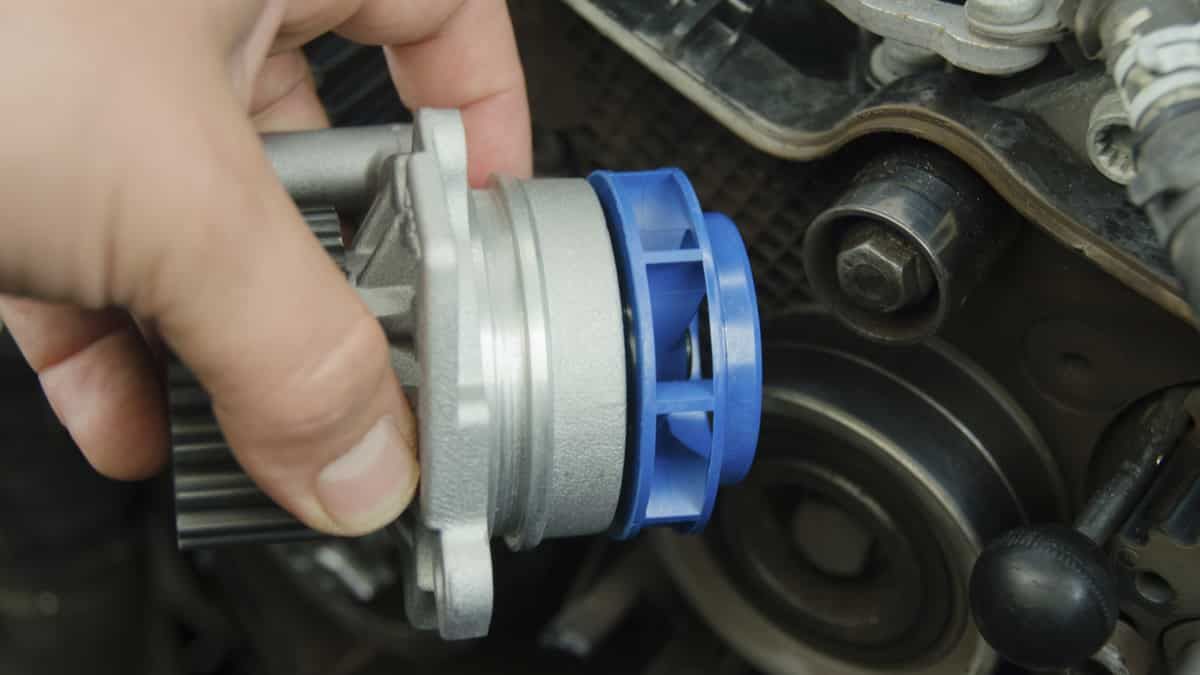
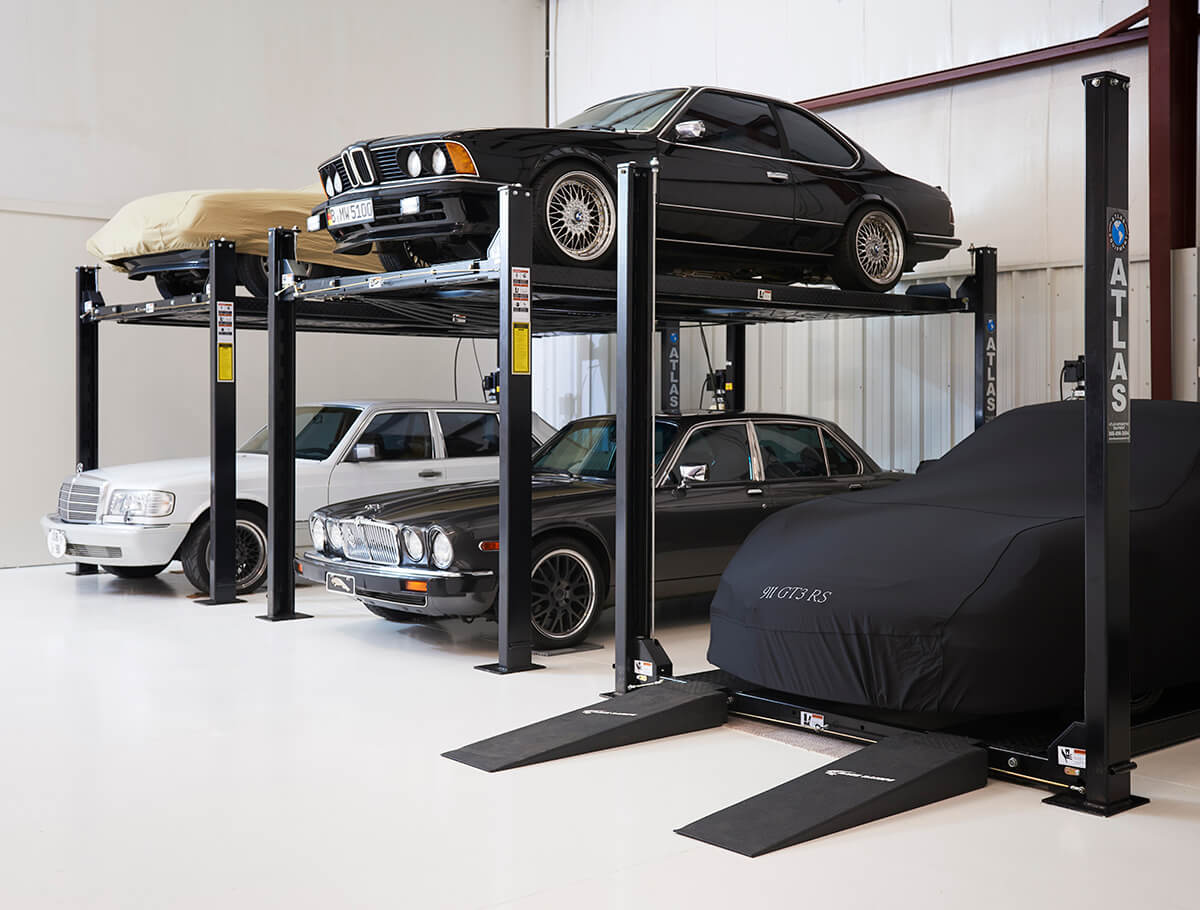
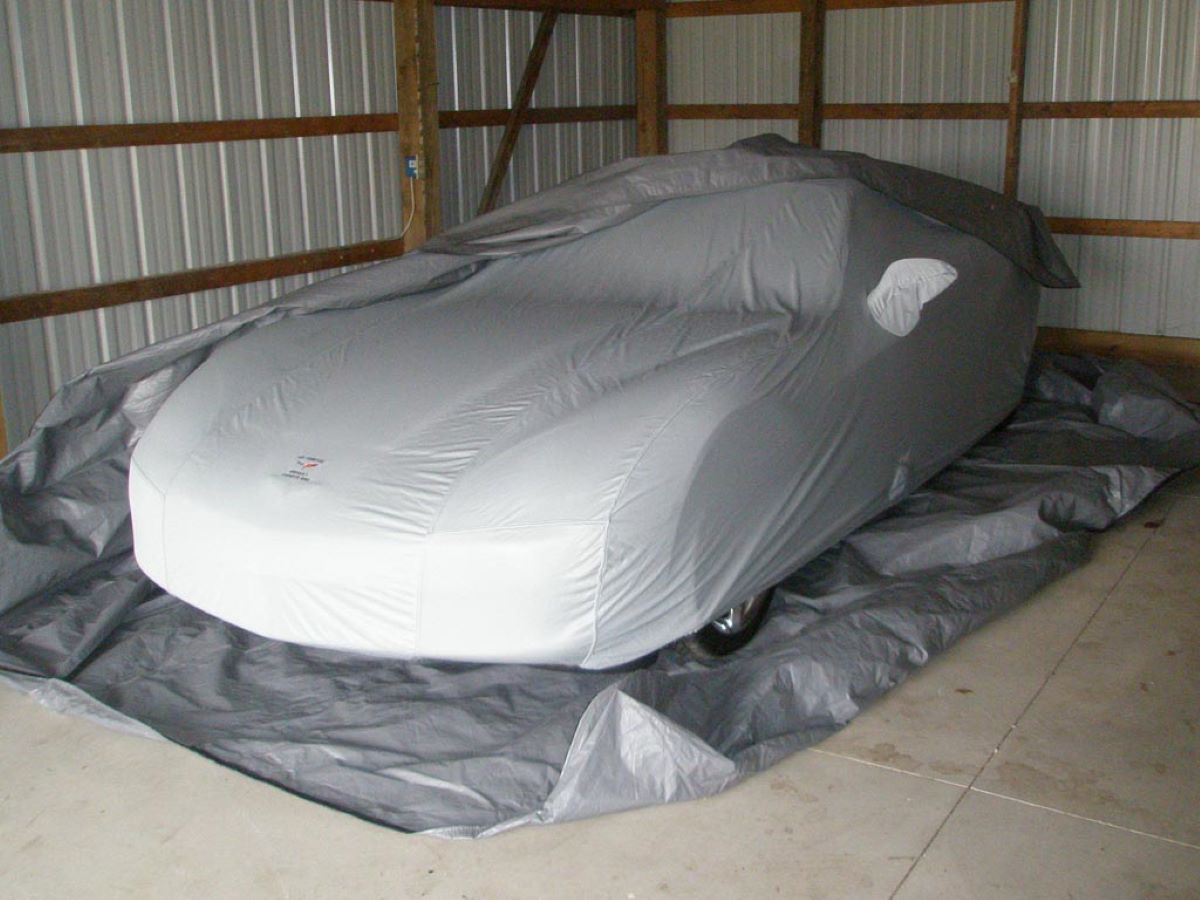
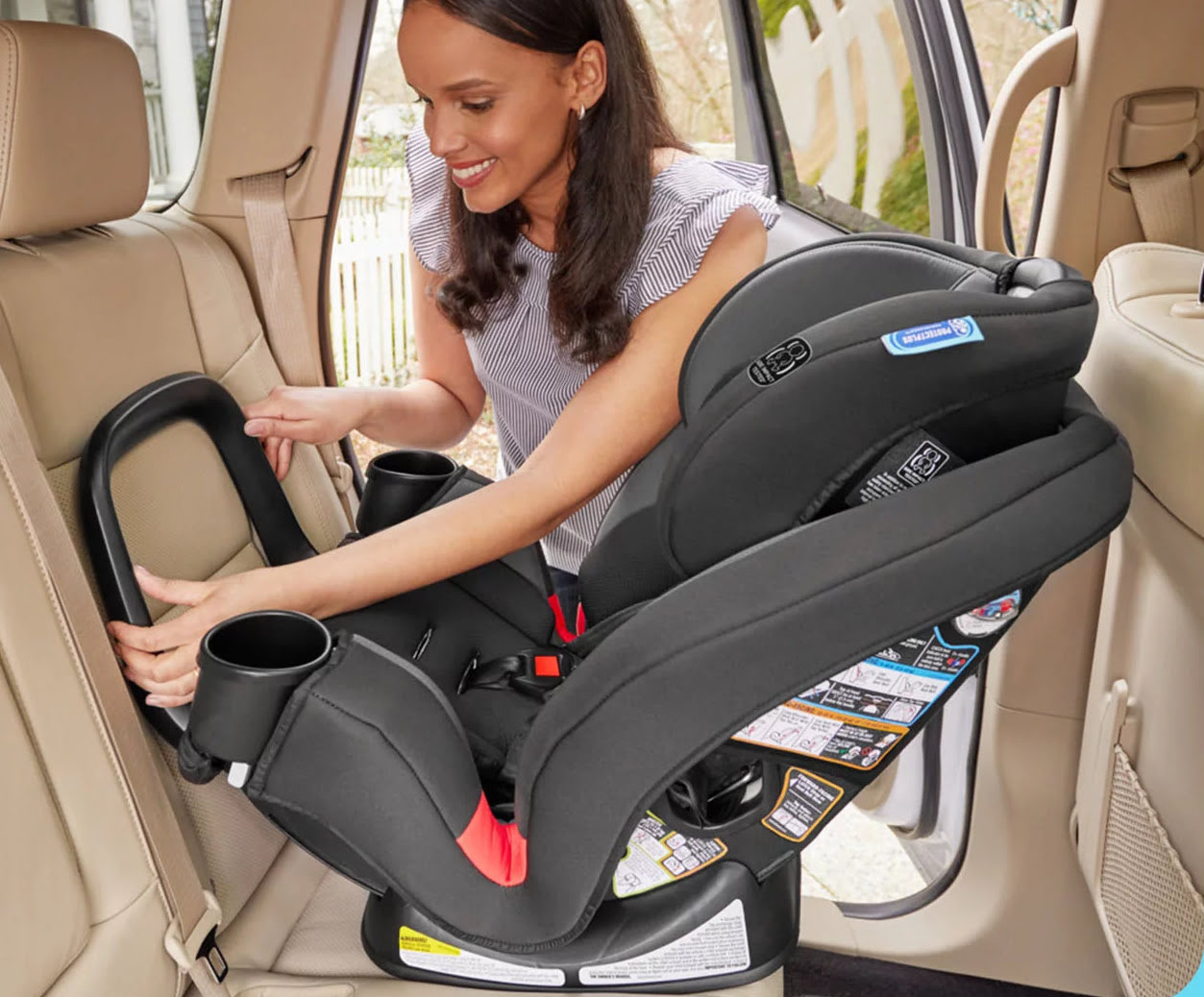

0 thoughts on “How To Store Water In Your Car”